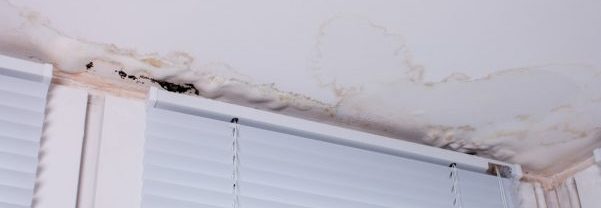
As far as damp and timber remedies are concerned, one-size-fits-all solutions don’t exist. Therefore, Garratt’s Damp & Timber uses its expertise to determine the most effective treatment for your specific problem. In order to understand just how versatile our services are, you can visit our case studies page, which covers all manner of house types.
Signs of Penetrating Damp
If you walk into a room and can spot any of the following issues, chances are you have what is known as penetrating damp.
- Musty walls
- Wet walls
- Peeling paint/plaster/wallpaper
- Mould spores on the walls
- Staining on external walls
Causes and Effects
Left untreated, penetrating damp can cause significant deterioration to your home’s infrastructure, damaging walls, floors, and ceilings and eventually seeping into the timbers causing dry rot.
You are more likely to suffer from penetrating damp if your house has a basement vulnerable to sitting groundwater. This is because the groundwater will penetrate the porous building materials, seeping further into the fabric of the property as its structure becomes more and more waterlogged.
Resolutions and Prevention
Inviting a Garratt's surveyor to check your basement for damp could save your home from future damage and excessively costly remedial work.
The surveyor will check the house’s weak and vulnerable areas where water ingress is prevalent and prepare a full report and costings to eradicate the problem. Garratt's Damp and Timber don't just do a quick fix for any penetrating damp issues – to resolve the problem permanently, Garratt's will recommend a solution that eliminates all future penetrating damp risks.
FAQs
What is the difference between rising damp and penetrating damp?
Penetrating damp is caused by water penetrating the external brickwork of a building at any level and seeping through to the internal walls. This can come, for example, from blocked gutters and downpipes, a leaking roof, and groundwater.
Rising damp can occur as the result of an ineffective damp course. Your brickwork will soak groundwater like a sponge creating a distinctive 'tide mark' around the ground floor external walls.
What damage is done to a property if left untreated?
The damage is widespread. Paint will blister off the walls. Unhealthy, odorous mould will grow across the internal borders. Moisture will seep into the building's infrastructure, causing deep-seated long-term damage. The floorboards will rot. Both wet and dry rot can set in.
Will rendering stop penetrating damp?
While rendering will provide a temporary fix if the source of the damp is not tackled, the damp will eventually break through the render and continue to spread its damage. Therefore, if penetrating damp is diagnosed in a building with a basement, Garratt's will always recommend installing a basement tanking system to guarantee the permanent eradication of penetrating dampness.
How much does it cost to stop penetrating damp?
The cost will vary depending on the damp’s severity, the building's size, and the most suitable treatment option. Garratt's recommends either a Type A waterproofing system or a Type C.
What is a Type A basement tanking system?
Type A basement tanking is an excellent preventative measure and is ideal in situations where basement walls are fragile or unstable. It's also a good option if there aren't excessively high levels of sitting groundwater. In essence, Type A basement tanking involves adding a waterproof barrier to the walls, which stops water from penetrating the internal face of the walls.
What is a Type C basement tanking system?
In contrast, Type C basement tanking involves installing a sump and pump system around the property that completely directs water ingress away from the basement. It doesn't put any extra strain on the property's structure and is ideal in areas with a lot of sitting groundwater.
What if my property does not have a basement?
If penetrating damp isn't in the basement and is instead around your windows, doors, or near your guttering, you will need to repair these issues separately. Garratt's Damp & Timber does not treat penetrating damp outside basements.
Book a Penetrating Damp Survey
To book a survey or submit an enquiry about fixing penetrating damp in your home, please use the form below:







